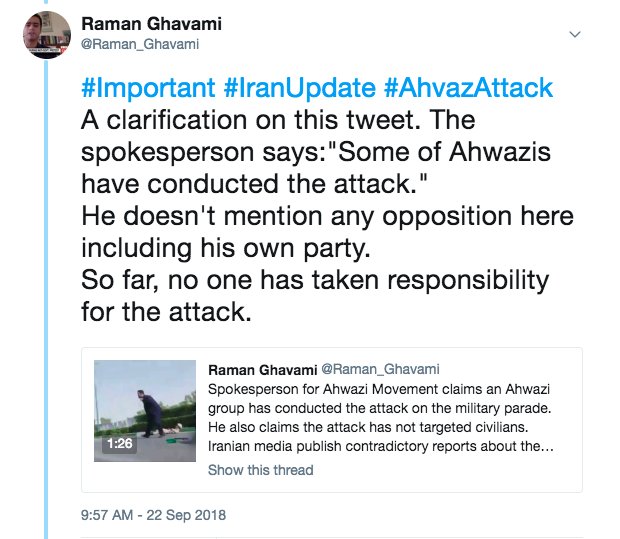But there is one key difference between bonds and loans, which I will explain shortly.
Ok, so when the investors give the loan, they receive a piece of paper that outlines their loan – eg you have given £10,000 to Company X for 5 years
Why would someone sell this bond paper? Well, firstly, perhaps the investor decides he wants to cash out his £10k to invest elsewhere, or needs the money for other reasons.
With loans, you generally can NOT sell the paper, as there is no market for this trading to occur. If you join a group of investors to give a loan to the same company,
So, the Islamic banking system found a way to deliver bonds, but in a Shariah compliant way.
How does a Sukuk work?
What happens is this:
The investors pool together, and they deliver the funds to the company (we can call the company the issuer of the Sukuk).
The profit is delivered to investors annually, like a bond.
Now we get to the part that makes Sukuk a little complicated – remember that bonds are tradeable – so Sukuks MUST also be tradeable, otherwise they are not useful to investors.
It is these assets that earn profit for the investors.
Often these are assets that are already owned by the Issuer.
If the Sukuk is for 5 years, then what happens is that, after 5 years are up, the assets (which belong to the investors) are now SOLD (often back to the Issuer) for £100m.
So ALL the key elements of a bond are all replicated in a Sukuk – the initial investment, the profit/interest payments - and then redemption at maturity
BOND – investors just deliver the money to the issuer
SUKUK – investors buy assets
BOND – interest payments
SUKUK – returns made from the assets
BOND – issuer simply repays the debt
SUKUK – the assets are sold, the money delivered to investors
Hope this is useful!
/THREAD
















